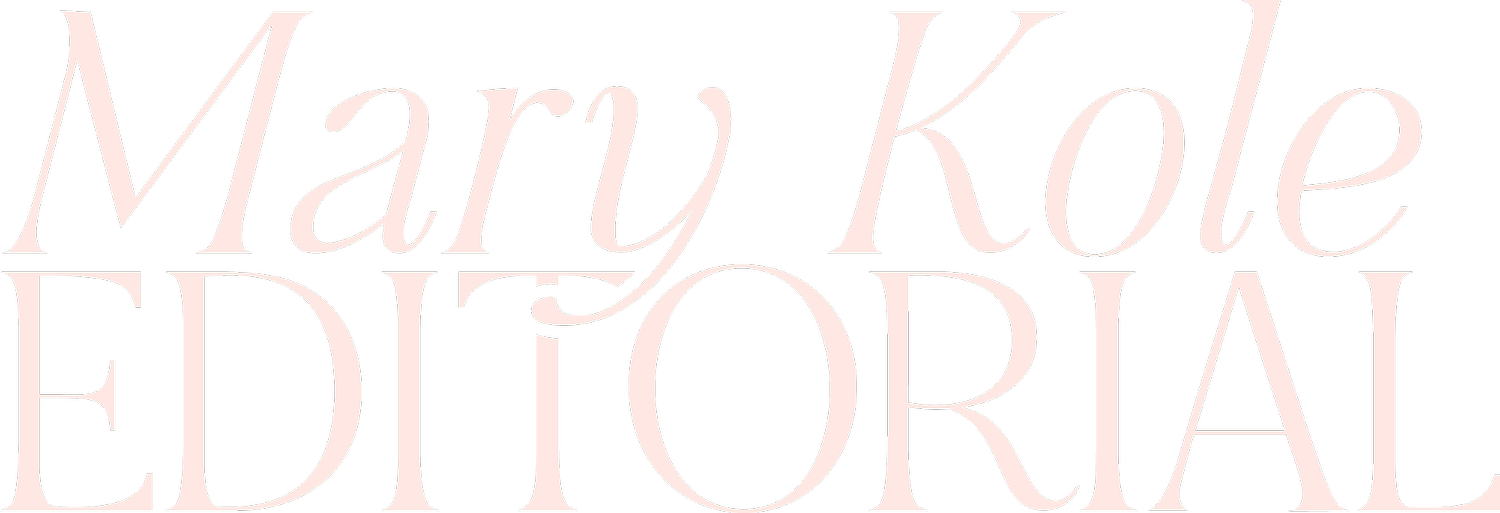How to Sell a Book Idea With Plot, Not Situation
By Mary Kole
Mary Kole is a former literary agent, freelance editor, writing teacher, author of Writing Irresistible Kidlit, and IP developer for major publishers, with over a decade in the publishing industry.
Most writers need help distinguishing between premise and plot when they’re learning how to sell a book idea. This is a crucial distinction that shouldn’t be overlooked, as there’s a world of difference between these two storytelling concepts.
How to Sell a Book Idea: Realize That Situation Is Not the Same As Plot
A lot of people approach literary agents and editors with stories, but those people have not taken the time to consider the difference between premise and plot. Writers who have yet to distinguish between plot and premise shouldn’t be thinking about how to sell a book idea yet, they should be wondering whether they have a marketable idea in the first place! These amateur writers think of a situation and believe that it’s equivalent to plot. For instance:
My protagonist is living with her father after his parents' ugly divorce, and his mother has run away on a meth binge.
Or:
My book is about a coming of age journey for someone who is gay/Mexican/bulimic/battling cancer.
These examples are fine starting points, but they all present a situation, not a plot. This isn’t what you should be concentrating on if you’re wondering how to sell a book idea. My follow-up question to writers who come to me with this kind of logline is always, "And? So?" You have the situation, the broad strokes of the story, but why do these elements matter? What are the stakes?
How to Sell a Book Idea: Try An Outline
There’s more to how to sell a book idea than arranging a few circumstances in your character’s way. You might think of writing a novel outline to get yourself thinking in a more story-oriented direction. (I’d argue an outline is crucial in how to sell a book idea, and I say that as a result of my book packaging work.)
Let's say your character is queer. Okay. And? So? What comes next? What's the plot? How does this impact the character, and therefore the reader? The same with divorced parents. And then what? When you’re writing a pitch for your story, you should concentrate on story structure and how the plot interfaces with your protagonist and their wants and needs. That’s how to sell a book idea that writing agents and publishers might be eager to pursue. They want to know that your story has a situation running in the background, but also enough plot to make that idea concrete and specific and exciting to read about.
Issues like controversial topics or bad situations often appear in popular stories—sometimes called “issue books” or “social issue books”—but having hot-button issues at the heart of your story, or a timely topic, is not enough to turn it into a good story. If you’re stuck on how to sell a book idea and you’re clear on the situation of your story, consider why it all matters and ties together. How does that situation impact your character? How might readers have their own relationship with such a plot? Why does any of it matter?
Many successful stories build upon their foundational issues or situations in unique ways with a very involved plot that plays on all angles of their broader topic. And that’s how to sell a book idea. Sounds easy, right? Well, not always, but at least you’re now brainstorming in the right direction.

Click here to purchase Irresistible Query Letters, my book on query letters, including over forty examples with comprehensive notes on each one. There’s a ton of submission advice, best practices, and insider information in these pages, and you’ll really enjoy seeing what other writers are doing in the slush.



